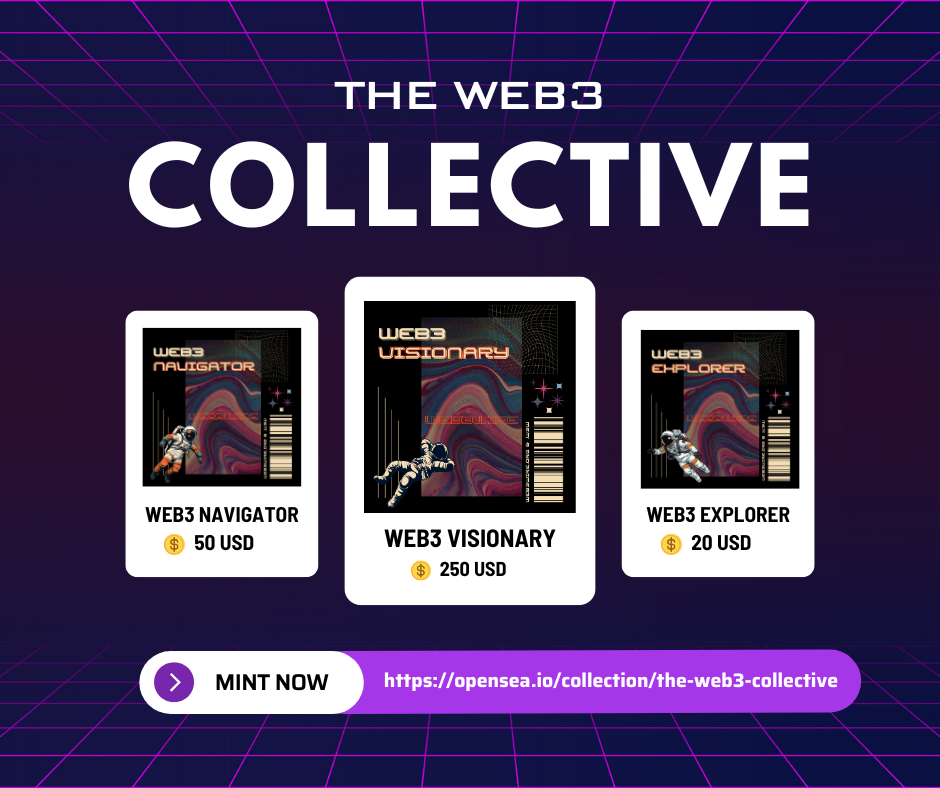
DappRadar Closes: Financial Struggles Halt Blockchain Analytics Operations
Amidst the dynamic and ever-evolving landscape of blockchain technology, DappRadar, once prominent in the blockchain analytics sector, has announced the closure of its services. Known for its comprehensive analytics and tracking of decentralized applications (dApps), DappRadar’s sudden shutdown is a significant hit to the blockchain community.
The Rise of DappRadar
DappRadar carved its niche in the blockchain world by becoming a go-to platform for users and developers looking to track and analyze the performance of dApps. Since its inception, the platform has grown exponentially, providing insights and data that were crucial in guiding investment decisions and strategic planning within the dApp ecosystem. Its hallmark features included:
- Real-Time Tracking: DappRadar provided real-time updates on various metrics, including users, volume, and transactions.
- Multichain Support: It offered analytics for numerous blockchains such as Ethereum, Binance Smart Chain, and more.
- User-Friendly Interface: The platform was known for its accessible interface that catered to both seasoned professionals and newcomers in the blockchain space.
Financial Strain Takes Its Toll
The announcement of DappRadar’s shutdown reflects broader challenges in the blockchain analytics domain. Even tech-forward platforms like DappRadar aren’t immune to financial difficulties:
- Market Volatility: The blockchain space is often subject to rapid changes, influenced by market trends and regulatory shifts that can unpredictably affect revenues.
- Operational Costs: The cost of maintaining and upgrading infrastructure to support cutting-edge analytics technology can be prohibitive.
- Competitor Pressure: As the blockchain analytics field grows, competition from emerging technologies and platforms may have siphoned off some of DappRadar’s market share.
Impact on the Blockchain Community
With DappRadar ceasing operations, the blockchain ecosystem faces several impacts:
Data Accessibility
The withdrawal of DappRadar services creates a substantial gap in accessible, reliable analytics for dApp performance. Developers and investors who heavily relied on DappRadar may find themselves needing to pivot quickly to alternative platforms, although few rivals match the breadth and depth previously offered by DappRadar.
Investor Confidence
The closure is a cautionary tale about the risks inherent in the blockchain sector. Sentiments of uncertainty may ripple through investor circles, potentially affecting funding sources and the confidence in investing in nascent technologies like dApps.
Developer Strategies
For developers, the end of DappRadar means the loss of a strategic tool to monitor competition and gauge user engagement. Consequently, developers might need to reconsider their analytics strategies, possibly investing in bespoke solutions or collaborating with other emerging platforms.
Navigating Uncertainty: The Future for Blockchain Analytics
The closure of DappRadar is not just a story of loss; it’s a prompt for evolution within the tech community. As the blockchain space advances, so must the analytics that support it:
Emerging Technologies
Innovations in artificial intelligence and machine learning present new avenues for data analysis, promising richer insights and predictive capabilities that weren’t previously possible. Future analytics platforms will likely incorporate these technologies to offer even more sophisticated tools for understanding the blockchain environment.
Diversified Services
As blockchain technology widens its reach into different sectors—from finance to the arts—there’s a compelling case for analytics platforms to diversify their offerings to cater to niche markets. By doing so, they can secure more stable revenue streams and offer tailored insights that are even more valuable to specific audiences.
Collaboration and Integration
The downfall of standalone giants like DappRadar highlights the importance of agility and collaboration. Future analytics solutions might favor integrative approaches, working in concert with other blockchain services to present comprehensive ecosystems rather than standalone insights.
Conclusion
While the news of DappRadar’s exit is a sobering reminder of the volatility in the blockchain sector, it also demonstrates the relentless march of technological progress. For stakeholders within the blockchain universe, the task now is to build upon the foundation laid by DappRadar, driving the development of more robust, innovative, and financially sustainable analytic solutions.
During this time of transition, the emphasis must remain on fostering innovation and collaboration, ensuring that blockchain analytics becomes more resilient and adaptable to the ever-changing demands of the tech landscape.
“`







